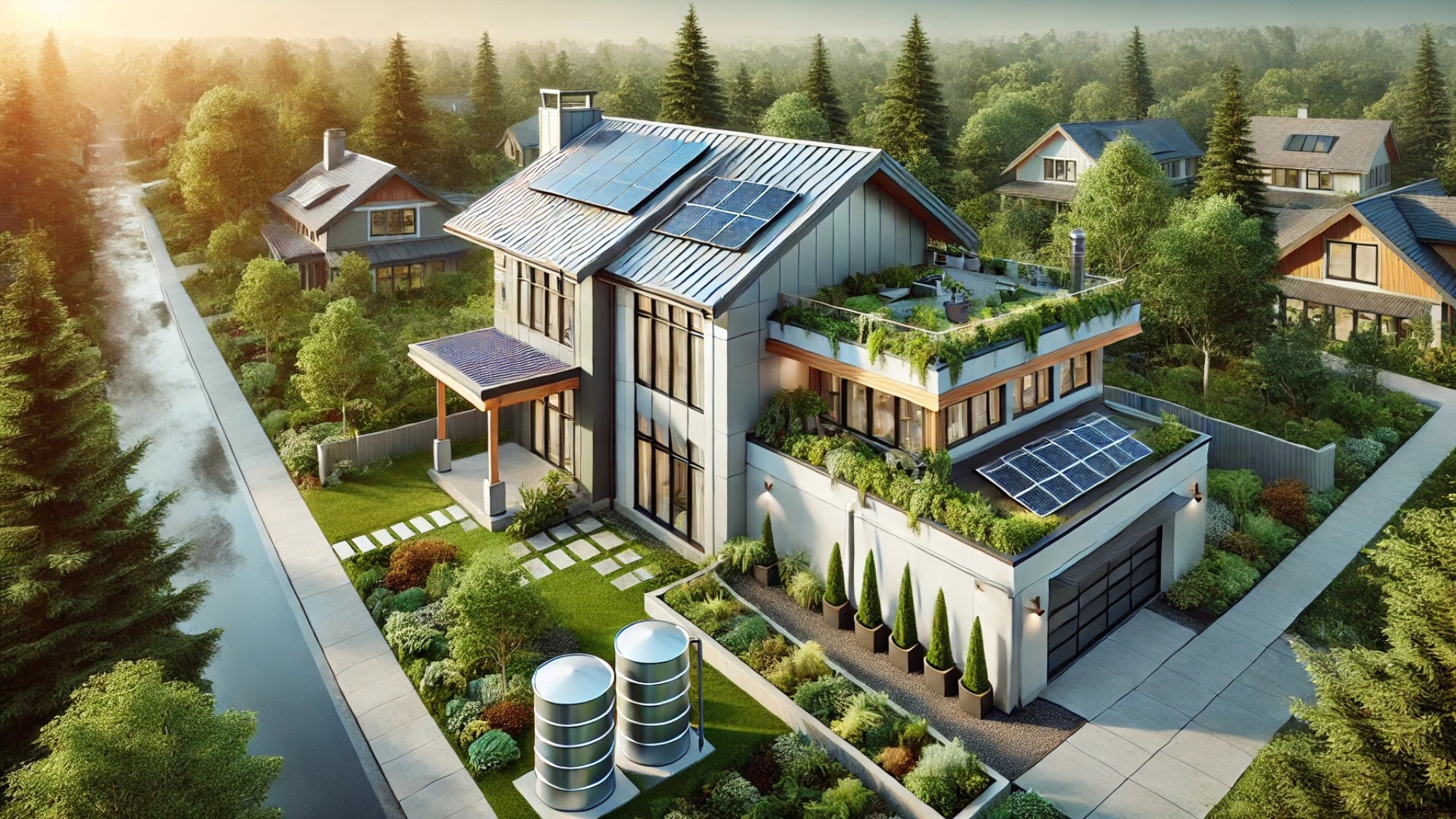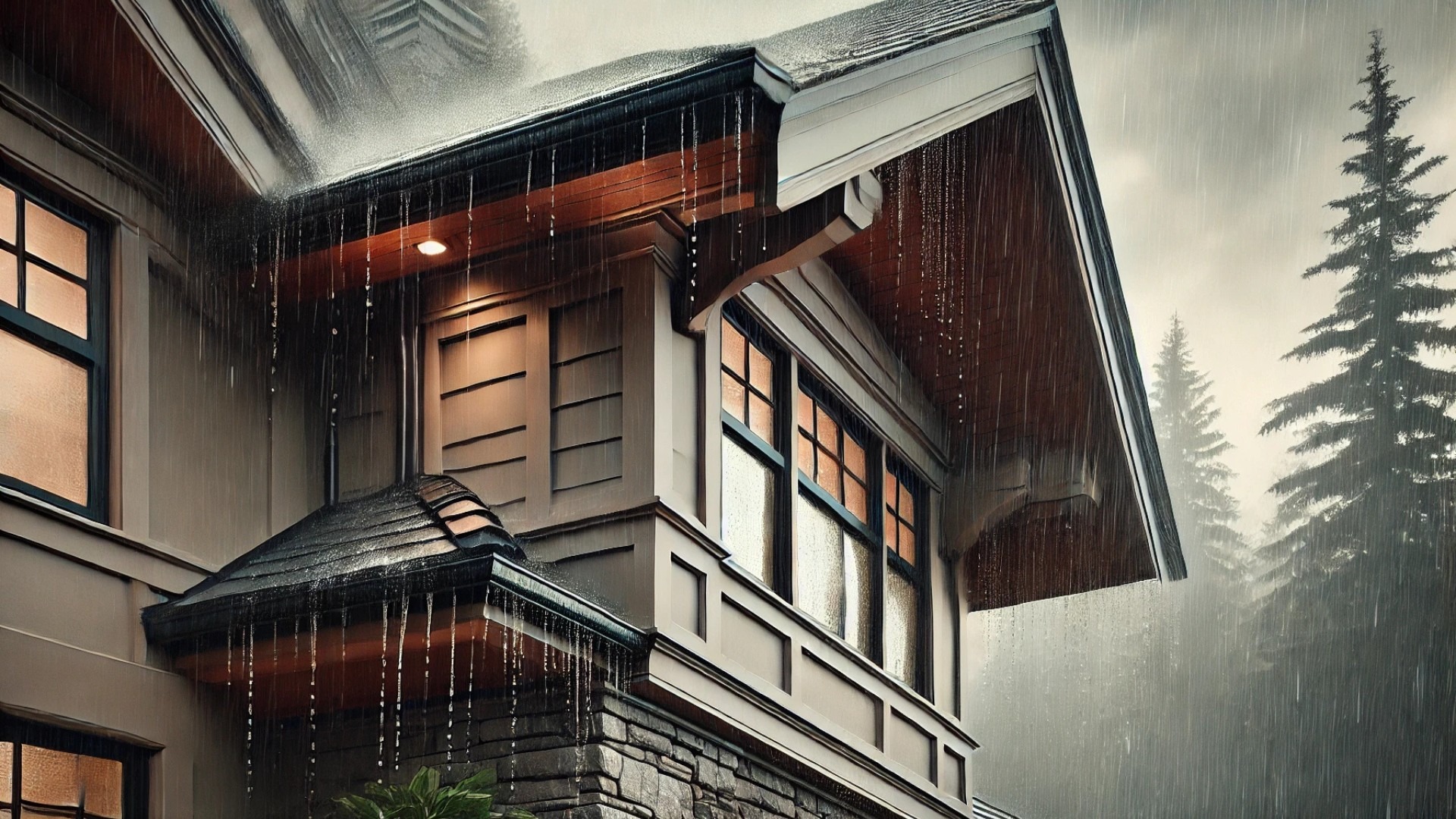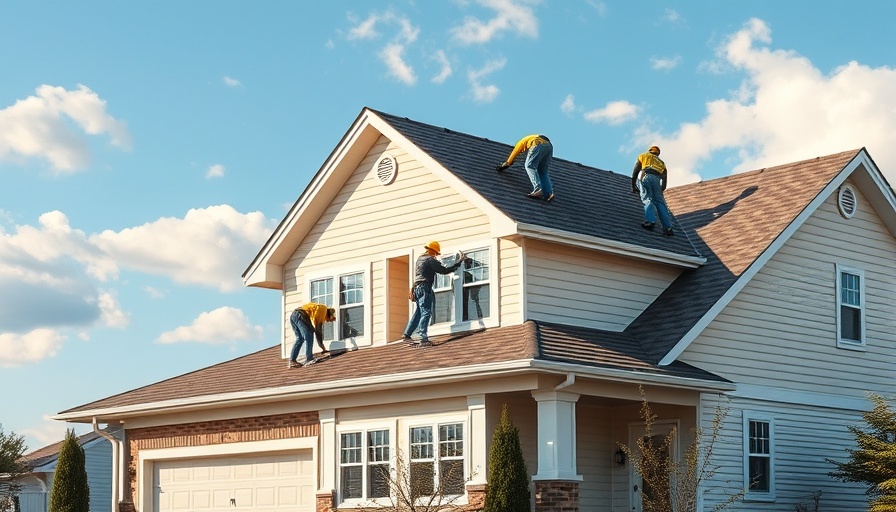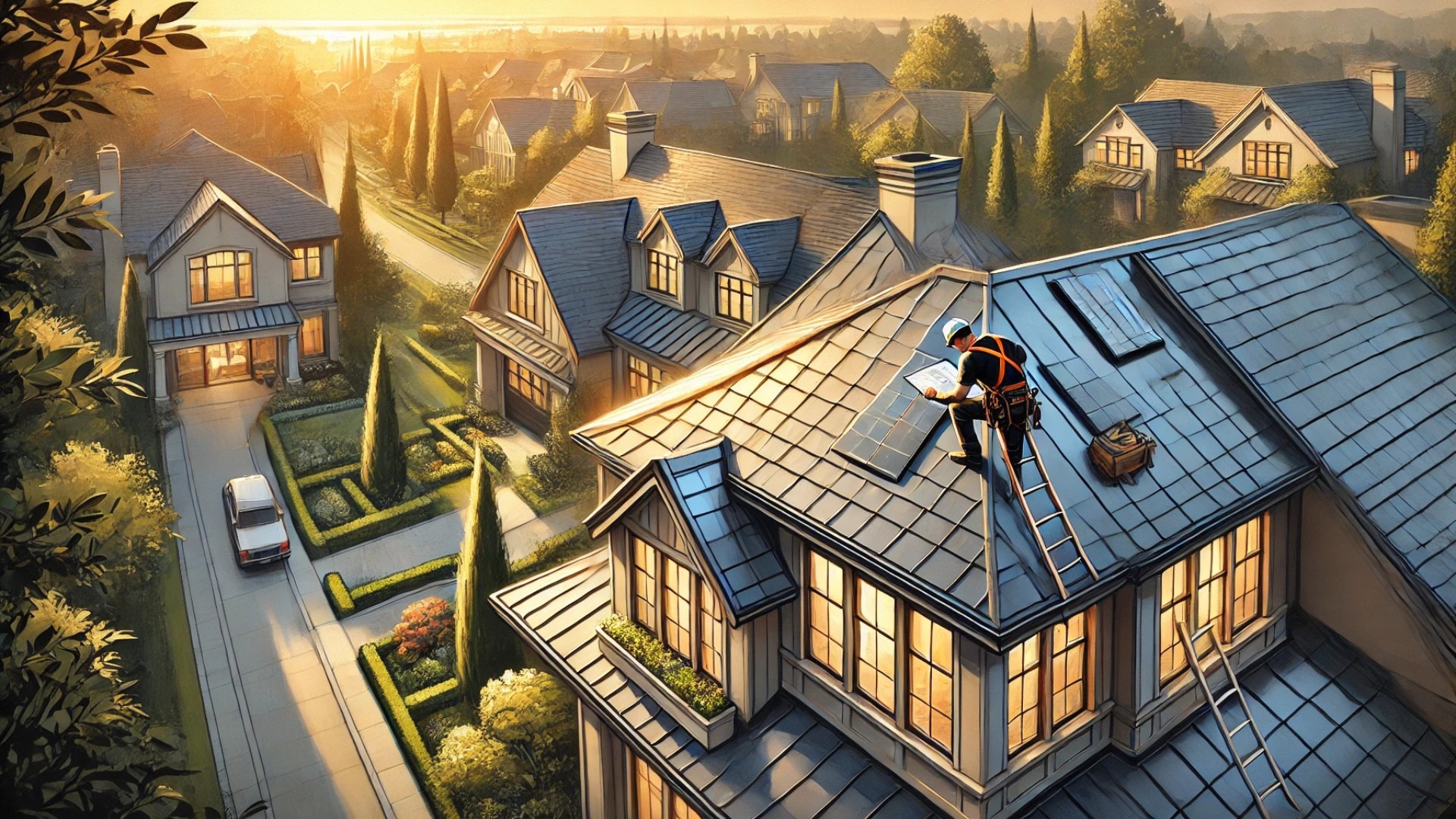
Unlocking the Beauty of Sustainable Roofing
As environmental concerns rise, many homeowners and businesses are turning towards sustainable roofing solutions that not only provide protection but also contribute positively to the planet. With a growing emphasis on eco-friendly practices, sustainable roofing has become a beacon of hope for those looking to reduce their environmental impact while maintaining aesthetic appeal.
What Makes a Roof Truly Sustainable?
Sustainable roofing isn't just about using materials made from recycled resources; it's about a holistic approach that considers the entire lifecycle of the roofing material. To qualify as sustainable, a roof should ideally be:
Manufactured with minimal environmental impact: Selecting materials that consume less energy during production can significantly lower their carbon footprint.
Designed for energy efficiency: Options such as metal roofs reflect sunlight, reducing the need for air conditioning, while accessible cooler roofs help regulate indoor temperatures.
Recyclable: At the end of their lifespan, sustainable roofing materials should be repurposed or recycled effectively, ensuring they don’t end up in landfills.
Supportive of additional sustainable practices: Features like rainwater collection systems or rooftop gardens not only enrich the building's functionality but also enhance its environmental credentials.
Why Is Sustainable Roofing Gaining Popularity?
The importance of sustainable roofing extends beyond aesthetics; it aligns with a growing awareness of environmental stewardship. Millions of asphalt shingles are discarded in landfills annually, contributing to pollution and waste. Homeowners are increasingly recognizing sustainable roofing as a means to reduce their ecological footprint, leading to a surge in eco-conscious renovations.
The Aesthetic and Practical Benefits of Sustainability
Homeowners can have the best of both worlds; sustainability can coexist with beauty. Innovative products like slate shingles or reclaimed wood roofs offer timeless elegance, proving that durability and style are not mutually exclusive. By integrating aesthetic principles with sustainable practices, designers can help homeowners envision a stylish and responsible way to protect their investment.
Making Informed Decisions About Roofing Materials
When considering roofing options, it’s essential to weigh the pros and cons of different materials. For example, while a traditional asphalt roof may be lower in upfront costs, its limited lifespan and environmental impact could lead to higher long-term expenses due to replacement and landfill contributions. In contrast, while metal roofs initially may carry a higher cost, their durability and minimal energy requirement can result in significant savings and environmental benefits over time.
Taking Action in Our Communities
More than just individual choices, embracing sustainable roofing is a call to action for communities. Local governments and organizations can help facilitate recycling initiatives, making it easier for homeowners and contractors to participate. Through education and accessible resources, communities can harness collective power, paving the way for a more sustainable future.
For anyone considering a roofing project, sustainable options are now more accessible and appealing than ever. Choosing green materials is not just a nod to environmental responsibility; it’s a step toward creating remarkable homes and communities.
 Add Row
Add Row  Add
Add 




Write A Comment